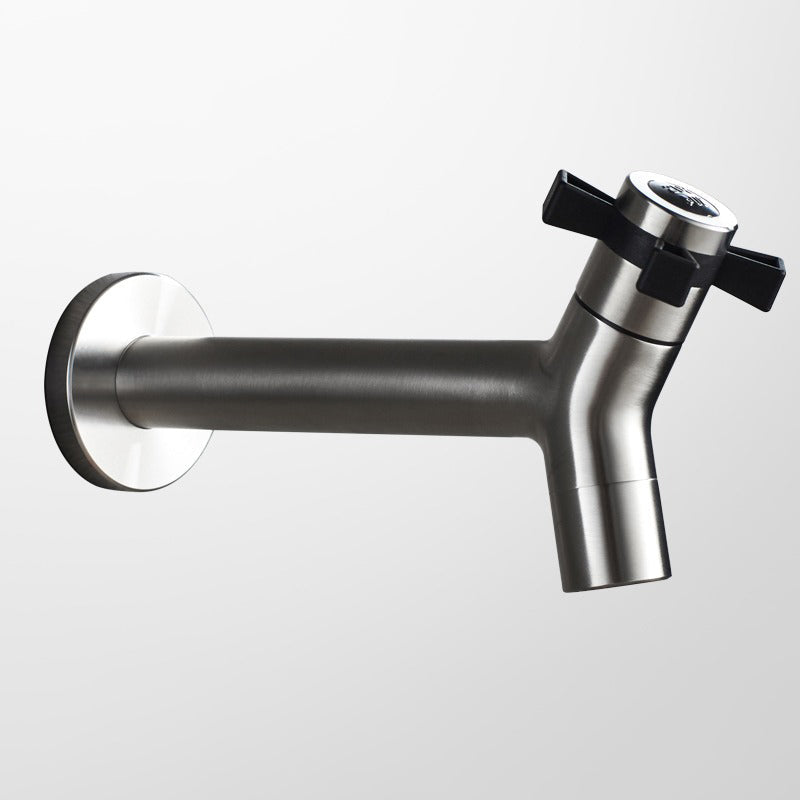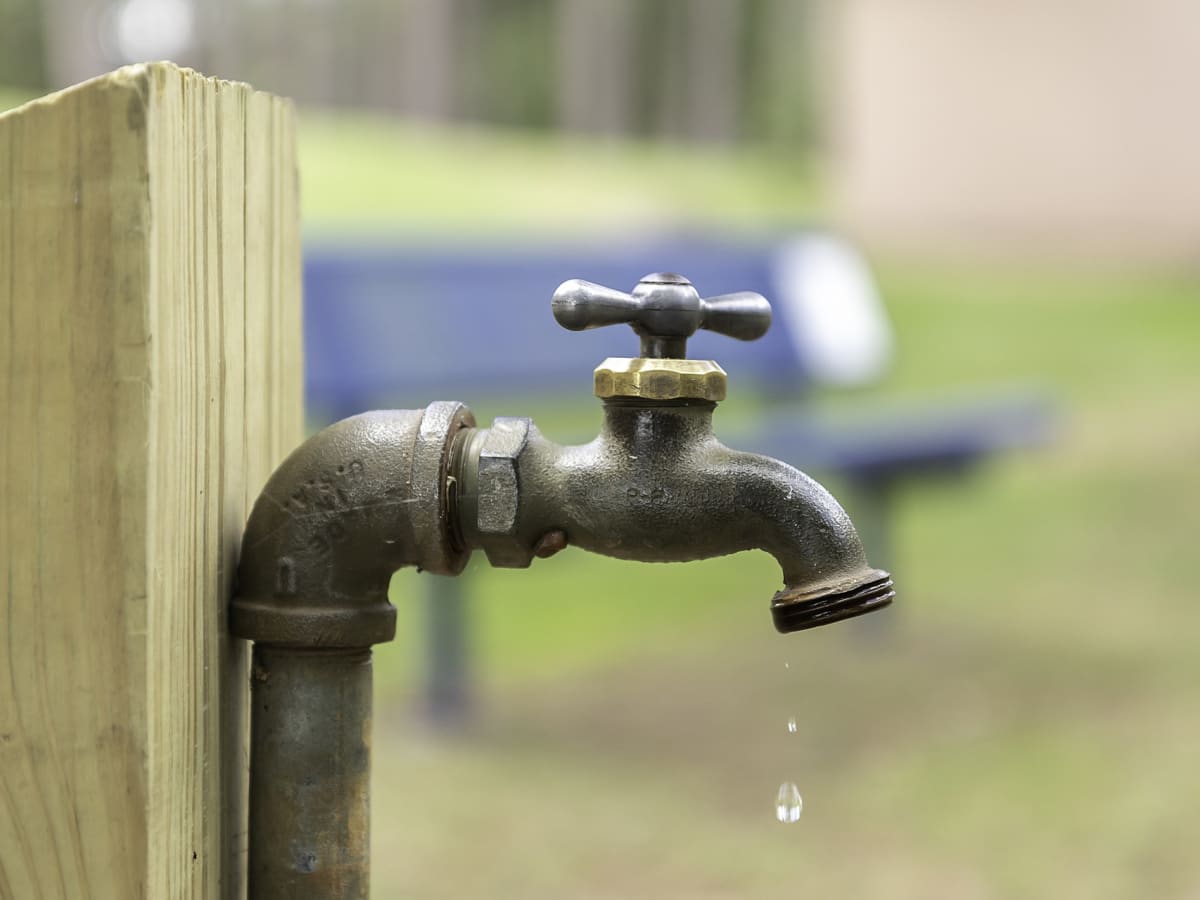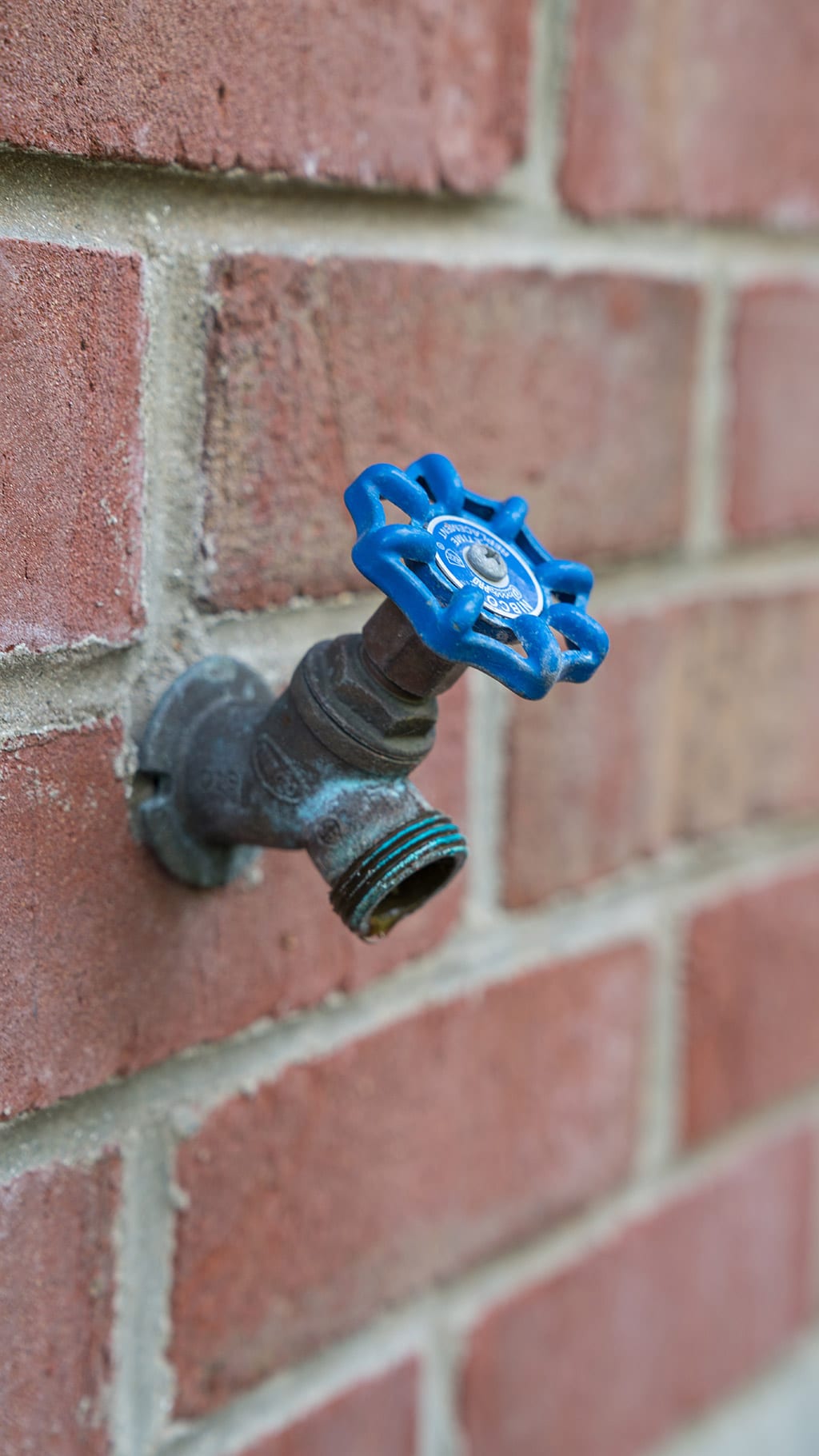How to cover outdoor faucets for winter? As the winter season approaches, it’s crucial to protect your outdoor faucets from freezing temperatures to prevent costly plumbing damage. Outdoor faucets, also known as hose bibs or spigots, are vulnerable to freezing and bursting if not properly prepared. Covering outdoor faucets with insulation is an essential step in winterizing your home’s plumbing system. In this article, we will provide a comprehensive step-by-step guide on how to cover outdoor faucets for winter.

Gather the Necessary Materials:
Before you begin, gather all the materials you’ll need for covering your outdoor faucets. Here’s a list of commonly used items:
- Insulated faucet covers (available at hardware or home improvement stores)
- Insulating tape or foam pipe insulation
- Plastic bags or trash bags
- Zip ties or bungee cords (optional)
- Scissors or utility knife
- Marker or pen (for labeling)
Shut Off the Water Supply:
Before covering the outdoor faucets, it’s important to shut off the water supply to the exterior faucets. Follow these steps:
- Locate the shut-off valve for the outdoor faucets, usually located in the basement, crawl space, or utility room.
- Turn the handle of the shut-off valve clockwise until it is fully closed. This will prevent water from flowing into the outdoor faucets during the winter months.
Drain Water from the Faucets:
Draining any remaining water from the outdoor faucets is crucial to prevent freezing. Follow these steps:
- Go outside and open the outdoor faucets to allow any remaining water to drain out completely.
- Keep the faucets open until you no longer see any water dripping or flowing out. This ensures that there is no water left inside the pipes, reducing the risk of freezing and pipe bursts.
Install the Faucet Covers:
Now it’s time to cover the outdoor faucets to protect them from freezing temperatures. Follow these steps:
- Take an insulated faucet cover and place it over the outdoor faucet, ensuring that it completely covers the faucet and extends over the pipe.
- If the faucet cover has an adjustable strap or drawstring, secure it tightly around the base of the faucet cover to ensure a snug fit.
- If the faucet cover does not have an adjustable strap, use zip ties or bungee cords to secure the cover to the faucet and hold it in place.
Insulate the Pipes:
In addition to covering the faucets, insulating the exposed pipes is important to provide an extra layer of protection against freezing. Follow these steps:
- Measure the length of the exposed pipe leading to the outdoor faucet.
- Cut a piece of foam pipe insulation or insulating tape to the measured length.
- Wrap the foam pipe insulation or insulating tape around the exposed pipe, ensuring that it covers the entirety of the exposed area.
- Use insulating tape to secure the foam pipe insulation or wrap the insulating tape tightly around the pipe, ensuring a secure fit.

Additional Precautions:
Consider taking these additional precautions to further protect your outdoor faucets:
- Covering the matte black faucets cover with a plastic bag or trash bag can provide an extra layer of protection against moisture and harsh weather conditions.
- Secure the plastic bag or trash bag with zip ties or bungee cords to ensure it stays in place throughout the winter.
- Consider using a marker or pen to label the shut-off valve location to make it easier to locate and reopen in the spring.
Regular Inspection and Maintenance:
Throughout the winter season, it’s important to regularly inspect the covered outdoor faucets for any signs of damage or leaks. Remove any accumulated snow, ice, or debris that may compromise the integrity of the coverings.

How to choose outdoor faucets
Outdoor faucets, also known as hose bibs or spigots, are essential components of your home’s plumbing system. Whether you’re looking to replace an existing faucet or install a new one, selecting the right outdoor faucet is crucial to ensure longevity, functionality, and compatibility with your outdoor needs.
Determine Your Needs:
Understanding your specific needs and usage requirements will help guide your selection process. Consider the following factors:
- Purpose: Determine the primary purpose of your outdoor faucet. Will it be used for watering plants, washing vehicles, or general outdoor cleaning? This will help establish the appropriate flow rate, valve type, and other features you may require.
- Climate: Consider the climate in your area. If you live in regions with freezing temperatures, selecting a frost-proof or freeze-resistant faucet is essential to prevent freezing and potential damage to pipes.
- Durability: Assess the durability requirements based on your climate, water quality, and usage. Look for materials and finishes that can withstand harsh weather conditions, corrosion, and wear and tear.

Choose the Right Material:
Outdoor faucets are available in various materials, each with its own advantages. Here are common materials used:
- Brass: Brass is a popular choice for outdoor faucets due to its durability, corrosion resistance, and ability to withstand extreme weather conditions. It’s an excellent option for longevity and low maintenance.
- Stainless Steel: Stainless steel is resistant to corrosion and offers long-term durability. This material is ideal for outdoor faucets exposed to harsh weather conditions, direct sunlight, or coastal environments.
- Zinc Alloy: Zinc alloy faucets are budget-friendly and corrosion-resistant, making them suitable for moderate climates. However, they may not have the same longevity as brass or stainless steel faucets.
Consider Valve Types:
Different valve types offer various benefits in terms of control, ease of use, and water conservation. Common valve types for bronze faucets include the following:
- Compression Valve: These faucets have a traditional washer and stem mechanism. They are easy to repair and provide a tight seal when closed properly. However, they may require occasional maintenance due to wear and tear of washers.
- Ball Valve: Ball valves use a rotating ball with a hole through it to control water flow. They offer smooth operation and can provide a watertight seal when closed. Ball valves are durable and reliable, requiring minimal maintenance.
- Ceramic Disc Valve: Ceramic disc valves are more durable and long-lasting compared to other types. They use two ceramic discs that control water flow when aligned properly. They are resistant to leaks and drips and offer easy operation.

Conclusion:
Taking the necessary steps to cover outdoor faucets for winter is essential in preventing freezing and costly plumbing damage. By following this step-by-step guide, you can ensure that your outdoor faucets are adequately protected. Remember to gather the necessary materials, shut off the water supply, drain any remaining water, install faucet covers, and insulate the exposed pipes. With proper insulation and care, you can have peace of mind knowing that your outdoor faucets are protected during the colder months, minimizing the risk of frozen pipes and subsequent damage.
